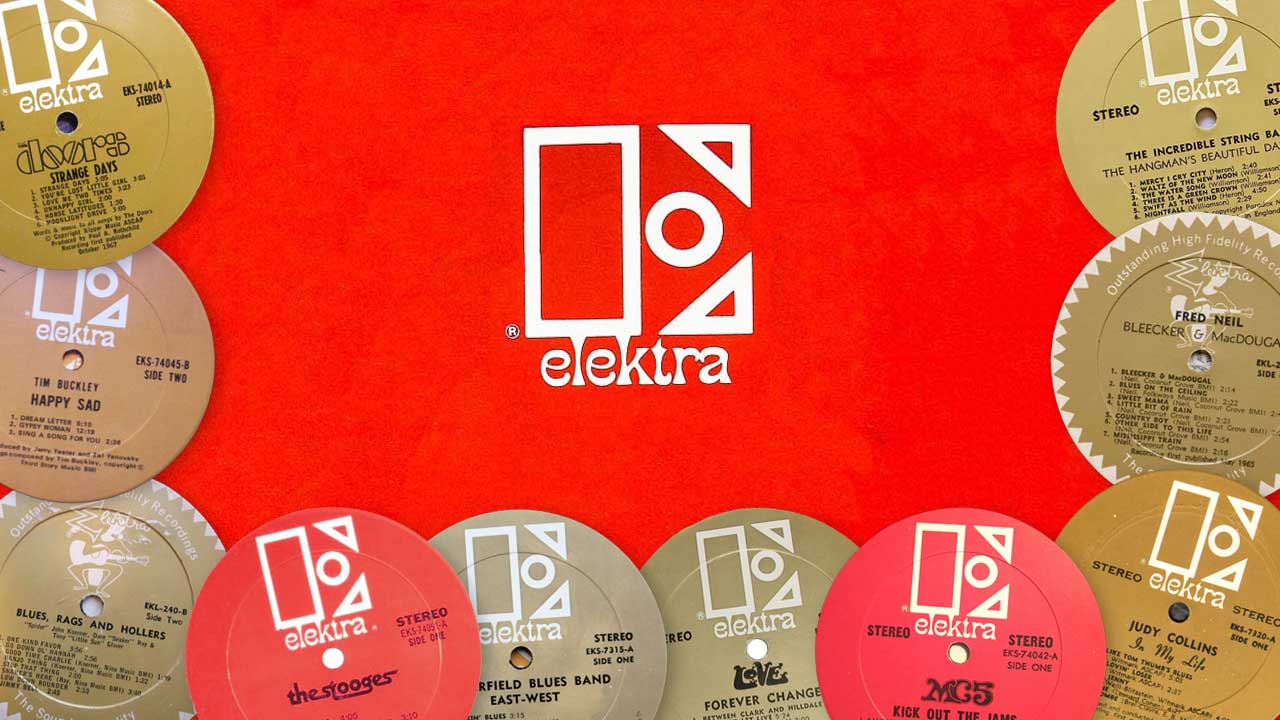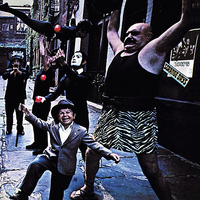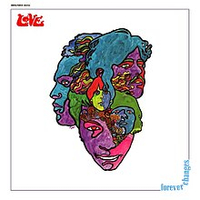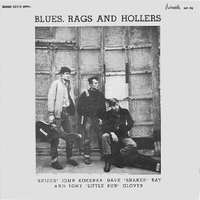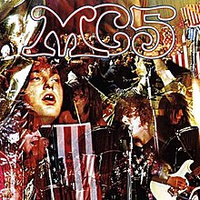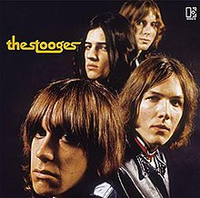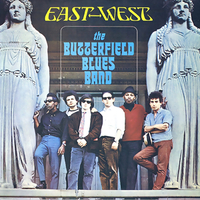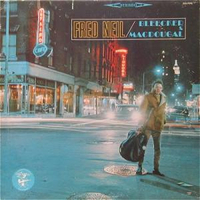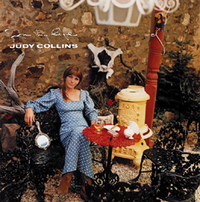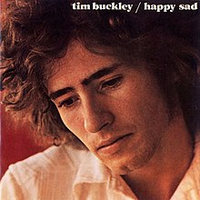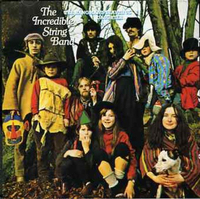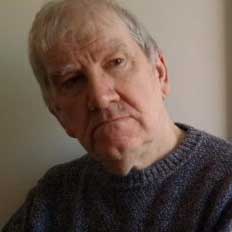When The Doors’ Light My Fire crashed to No.1 in 1967, it was a remarkable achievement for the seemingly idiosyncratic Elektra Records. Yet Elektra was hardly the ‘small independent folk label’ that so many histories of The Doors would have us believe.
Love had breached the Top 40 the year before, and initially The Doors wanted little more than to be as big as Love. But The Doors took Elektra to another level, light years from the label founded in 1950 by 19-year-old college student Jac Holzman.
From modest beginnings Elektra became one of the key US folk labels, releasing albums by Jean Ritchie, Josh White and Bob Gibson alongside world music titles, folk anthologies, and two successful series of bawdy songs by Ed McCurdy and Oscar Brand that kept the label afloat. By the 60s, Elektra, based in New York’s Greenwich Village, was in pole position to sign many of the leading topical singer-songwriters and blues stylists who had gravitated there.
Elektra snared Phil Ochs, Tom Paxton, Judy Collins, Fred Neil and Tom Rush. But the group that most facilitated Elektra’s shift towards rock was the Paul Butterfield Blues Band, whose ferocious 1965 debut album was the label’s first stab at recording full-on electric music. Significantly, it was produced by Paul Rothchild, soon to be dubbed the ‘fifth member’ of The Doors.
Above all, it was Jac Holzman who guided and nurtured Elektra, his taste and ingenuity often allowing the label to gamble on highly unlikely projects. In 1964 he launched the Authentic Sounds Effects series and couldn’t press them fast enough. With no publishing or artist royalties to pay, it was a licence to print money.
Holzman also launched Nonesuch that year, initially a budget classical label, it revolutionised the classical market and netted millions – enough to bankroll Elektra’s second home in California, where Holzman immediately found Love and The Doors.
By 1970, Elektra was part of the Warner Music Group, enjoying success with Bread, Carly Simon and Judy Collins, among others. Holzman moved on in 1973. In 2020 Elektra celebrated their 70th anniversary. But it’s Holzman’s era – albeit the tip of the iceberg – that we explore here.

